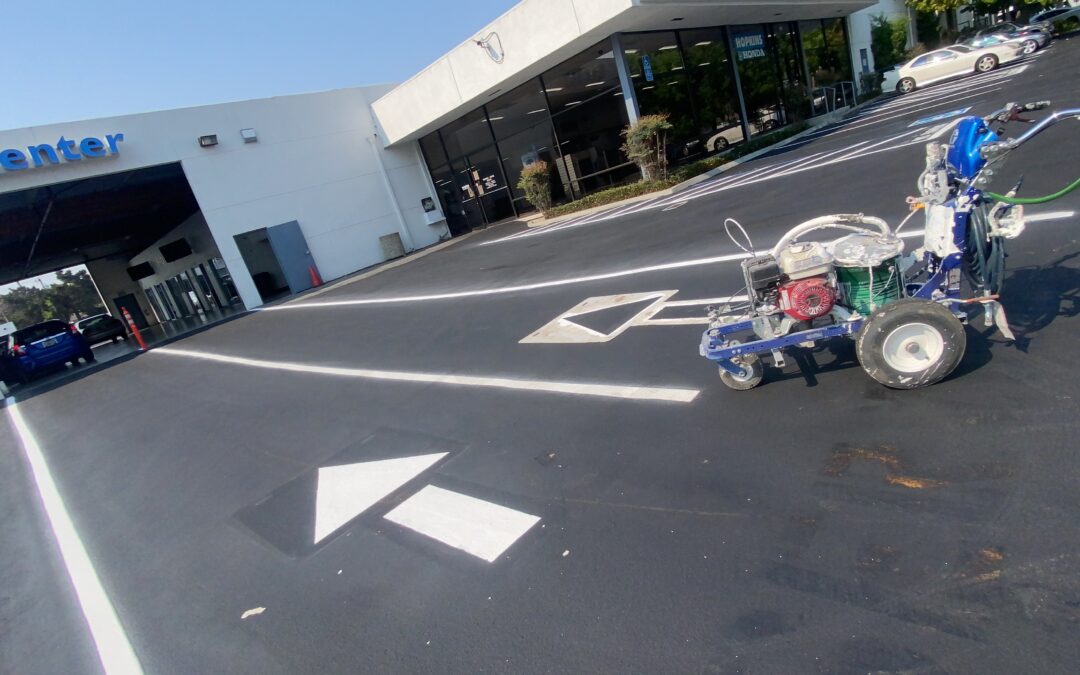When you think of asphalt paving, you might picture a smooth, black surface stretching out before you. But what lies beneath that pristine pavement? The answer is gravel – an often-overlooked but essential component of the asphalt paving process. In this comprehensive guide, we’ll explore the reasons why gravel is used under asphalt and its crucial role in creating durable, long-lasting roads, driveways, and parking lots.
Structural Support
One of the primary reasons for placing gravel under asphalt is to provide structural support. Gravel, also known as aggregate, serves as a stable foundation that helps distribute the weight of vehicles and traffic loads evenly across the pavement. Without a solid base, asphalt pavement is susceptible to cracking, rutting, and premature failure. By incorporating gravel into the pavement structure, engineers can create a strong, resilient surface capable of withstanding heavy use and adverse weather conditions.
Drainage
Proper drainage is essential for preserving the integrity of asphalt pavement. Water is one of the biggest threats to asphalt, as it can penetrate the surface and weaken the underlying layers, leading to deterioration and pothole formation. Gravel acts as a drainage layer, allowing water to flow away from the pavement surface and prevent pooling or ponding. This helps to minimize the risk of water damage and prolong the life of the asphalt pavement.
Frost Protection
In regions with cold climates and freeze-thaw cycles, gravel plays a critical role in protecting asphalt pavement from frost damage. When water seeps into the pavement structure and freezes, it expands, exerting pressure on the surrounding materials and causing cracks and heaving. By providing a stable base layer, gravel helps to minimize the effects of frost heave and maintain the integrity of the pavement during winter months.
Subgrade Stabilization
The quality of the subgrade – the natural soil or aggregate layer beneath the pavement – can vary significantly from one location to another. In areas with weak or unstable subgrade soils, gravel can be used to improve subgrade stabilization. By adding a layer of compacted gravel to the subgrade, engineers can create a more uniform and supportive base for the asphalt pavement. This helps to prevent settlement, rutting, and other forms of pavement distress caused by inadequate subgrade support.
Thermal Insulation
Gravel also provides thermal insulation for asphalt pavement, helping to regulate temperature fluctuations and minimize the risk of thermal cracking. During hot summer months, asphalt pavement can become soft and prone to deformation under heavy traffic loads. By absorbing and dissipating heat, the gravel base helps to reduce the temperature of the asphalt surface and maintain its structural integrity. Similarly, in cold climates, the insulating properties of gravel help to retain heat and prevent frost damage to the pavement.
Environmental Benefits
Using gravel as a base layer for asphalt pavement offers several environmental benefits. Gravel is a natural, locally available material that requires minimal processing and transportation, reducing the carbon footprint associated with asphalt production. Additionally, gravel is permeable, allowing rainwater to infiltrate the ground and recharge groundwater supplies. This helps to mitigate the impacts of urban runoff and reduce the risk of flooding and erosion in surrounding areas.
Conclusion
While it may not be as visible as the asphalt surface itself, gravel plays a vital role in the longevity and performance of asphalt pavement. From providing structural support and drainage to protecting against frost damage and temperature fluctuations, gravel serves as the foundation upon which durable, resilient roads, driveways, and parking lots are built. By understanding the importance of gravel under asphalt, engineers and contractors can ensure the success of their paving projects and create infrastructure that stands the test of time. So the next time you drive on a smooth, well-maintained road or park in a freshly paved lot, remember to appreciate the solid foundation of gravel that lies beneath the surface, quietly supporting our modern transportation networks.

